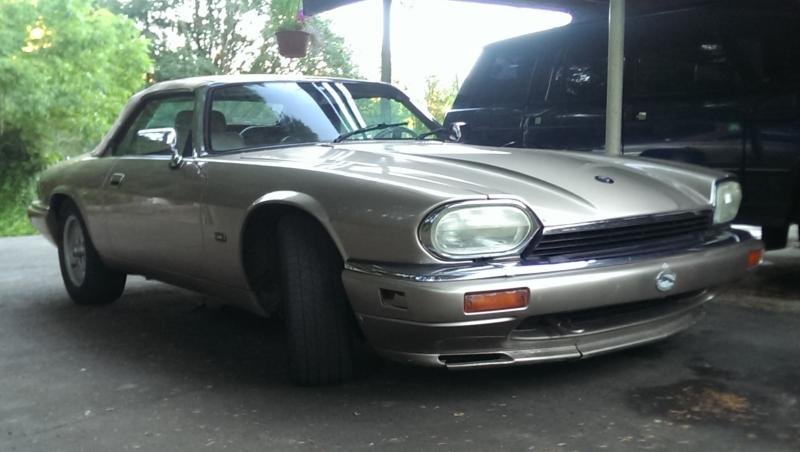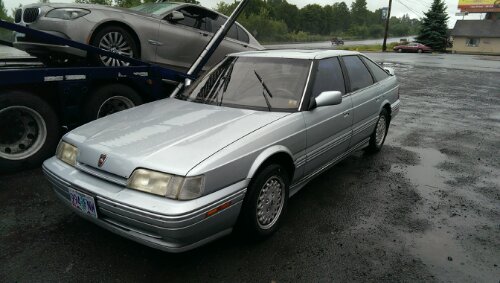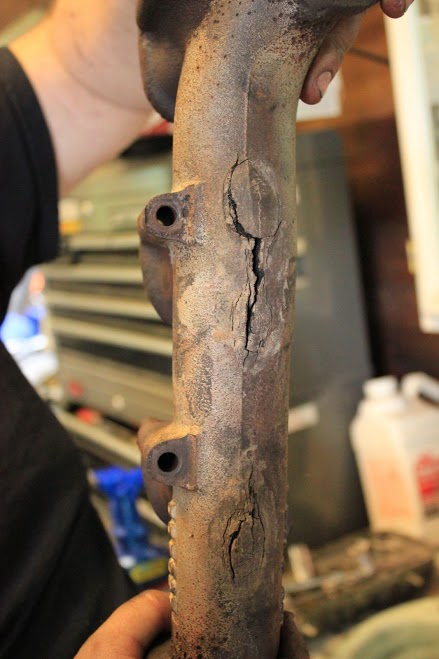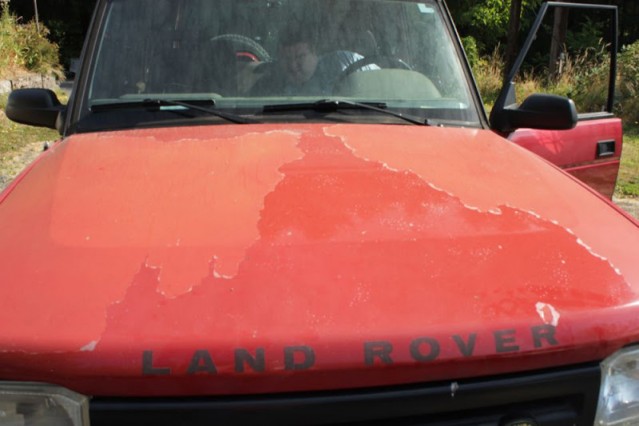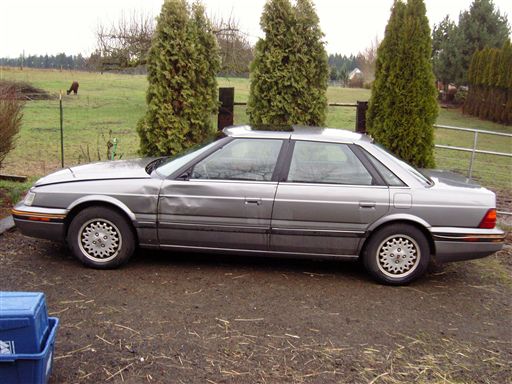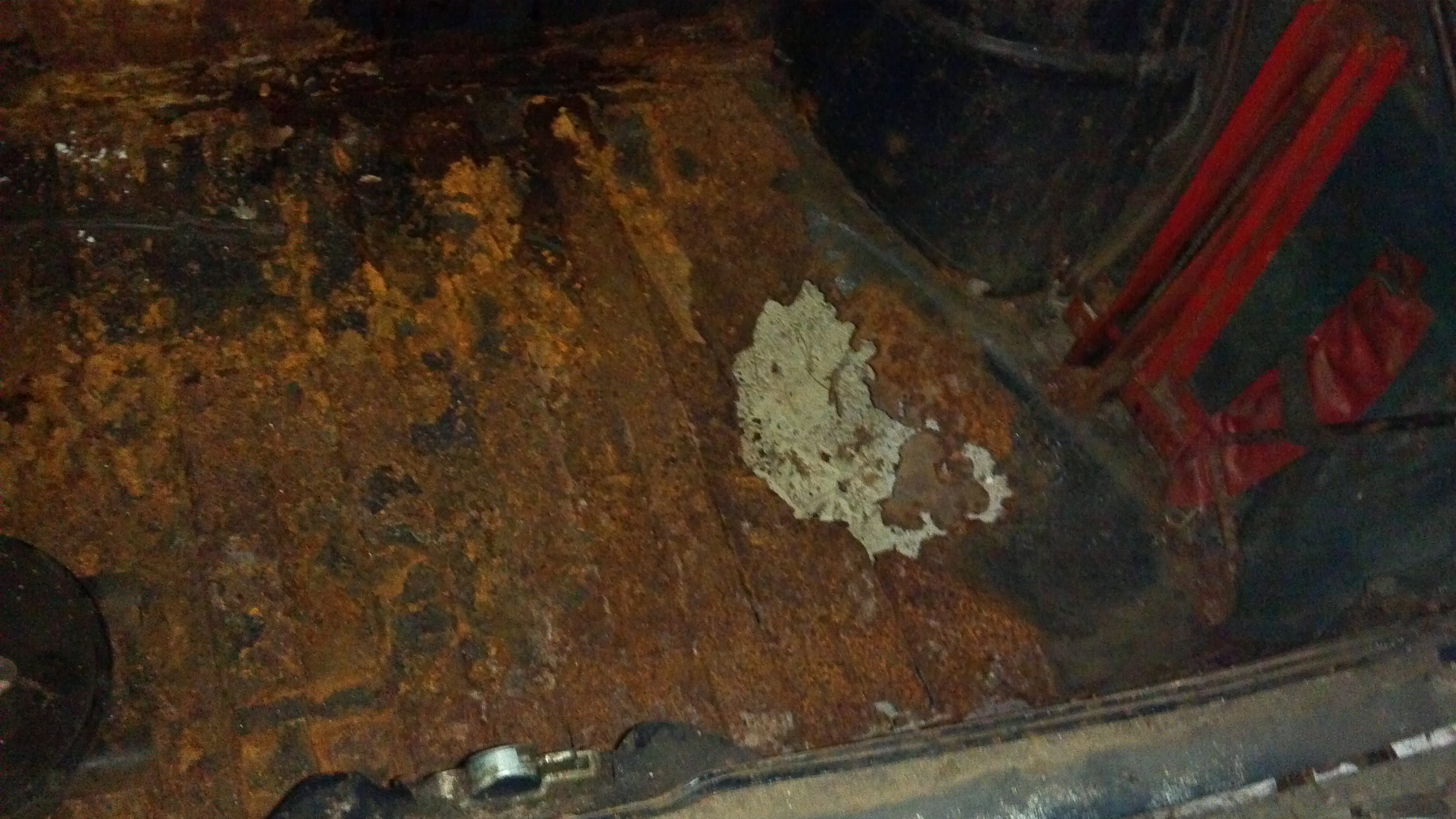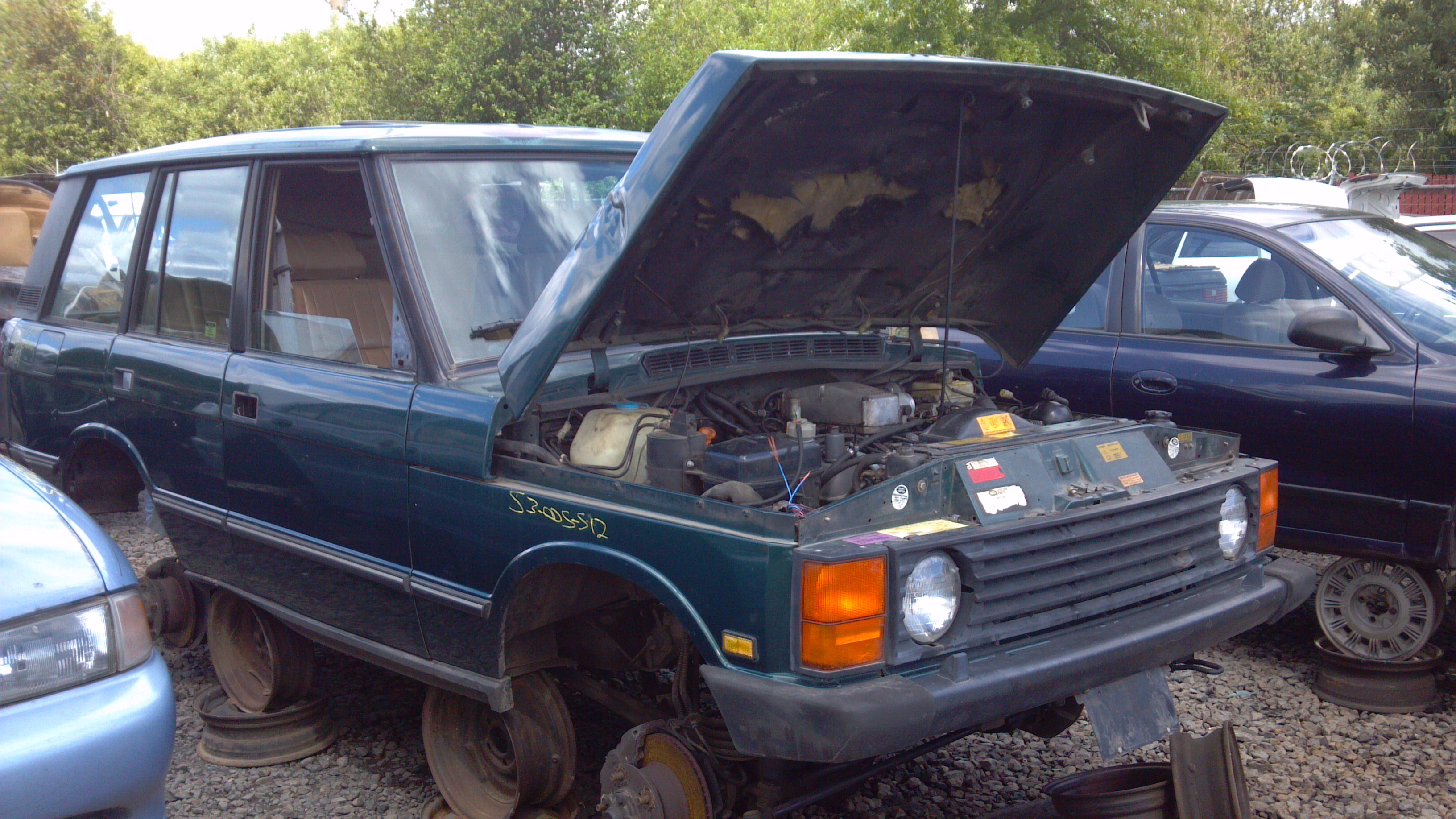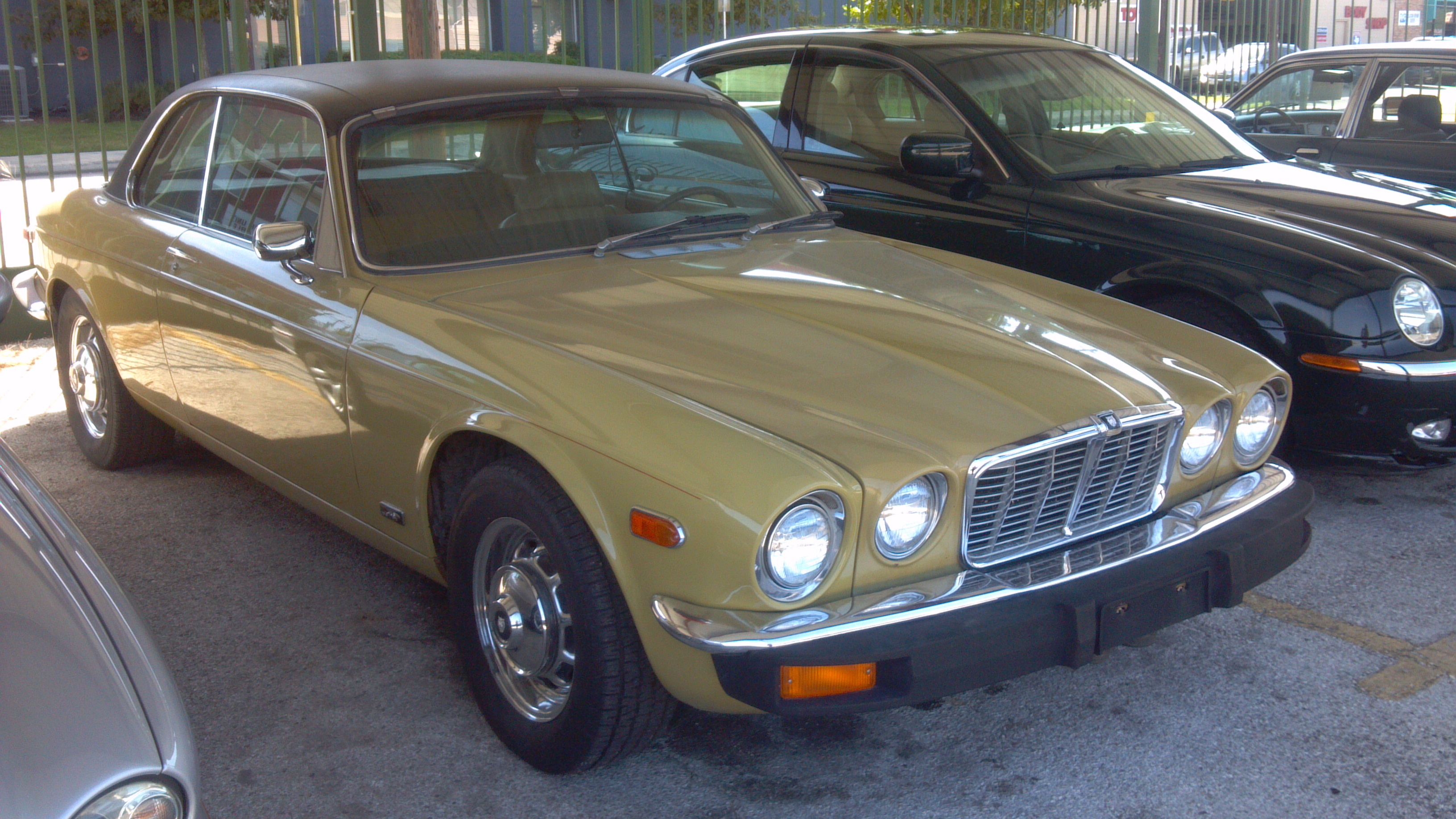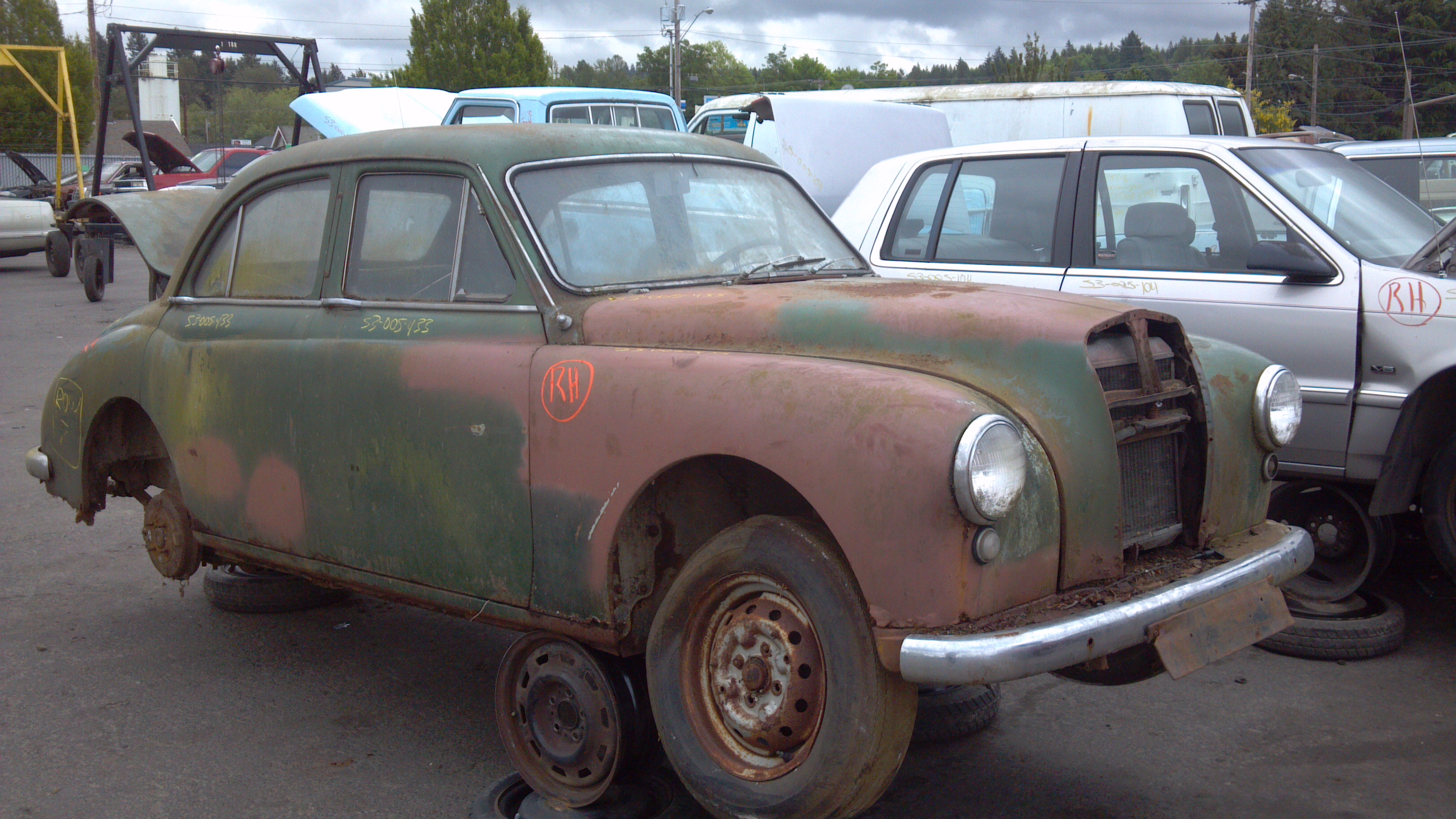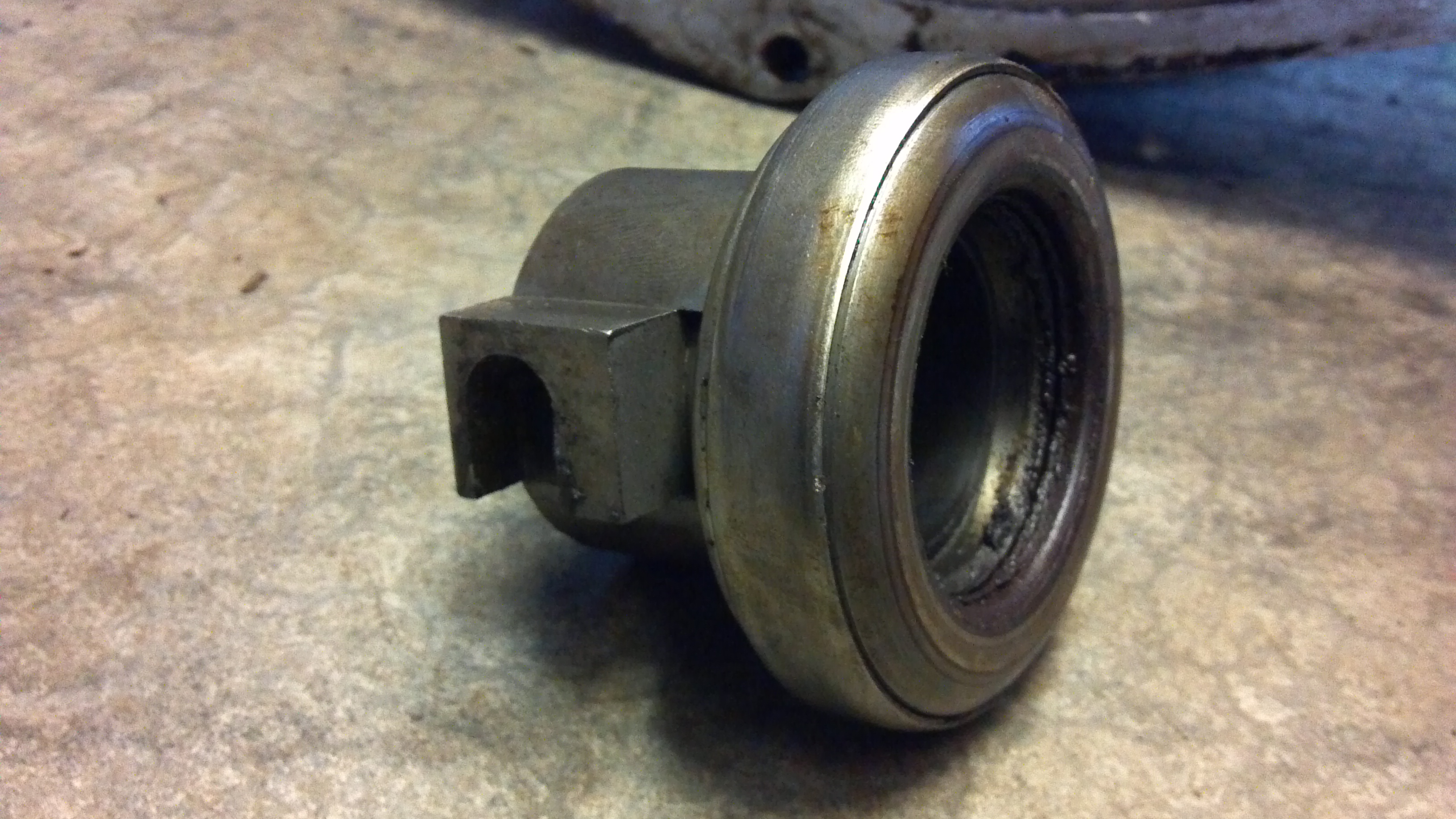I’ve had a few older XJS’s over the years – all coupes, and the newest was an ’86.. but last week, I became the proud owner of a ’94 XJS convertible. It’s a 6cyl and has a list of issues as long as my arm.. but hey, it makes a change from switching head gaskets on Land Rovers. I drove it 75 miles home and didn’t hit any real problems… which I count as a result, right?
So far, I’ve fixed:
-Convertible top goes up but not down (bad relay + contacts)
-No turn signals (bad flasher contacts)
-No left-side lights (bad contacts at headlamp)
-Terrible throttle response (throttle cable stretched almost 1″)
…and need to fix:
-Both front seats are mostly destroyed
-Front footwell carpets are missing
-Right rear turn signal lens is cracked
-Driver’s door is dented
-Some genius removed the rear spoiler but didn’t fill the holes in
-Clearcoat on trunk is bizarrely faded
-Stereo is truly, truly awful
-Steering clunks like it has no bushings in it at all
-Car pulls to right under braking
I count that as not too bad a list….. for now.
The car apparently has quite the history – it came to me with a sticker for a well-known retirement home in the back window and a story that the previous-previous owner had to sell it because he had his license confiscated. At that explains the bizarre damage to the driver’s door…!
